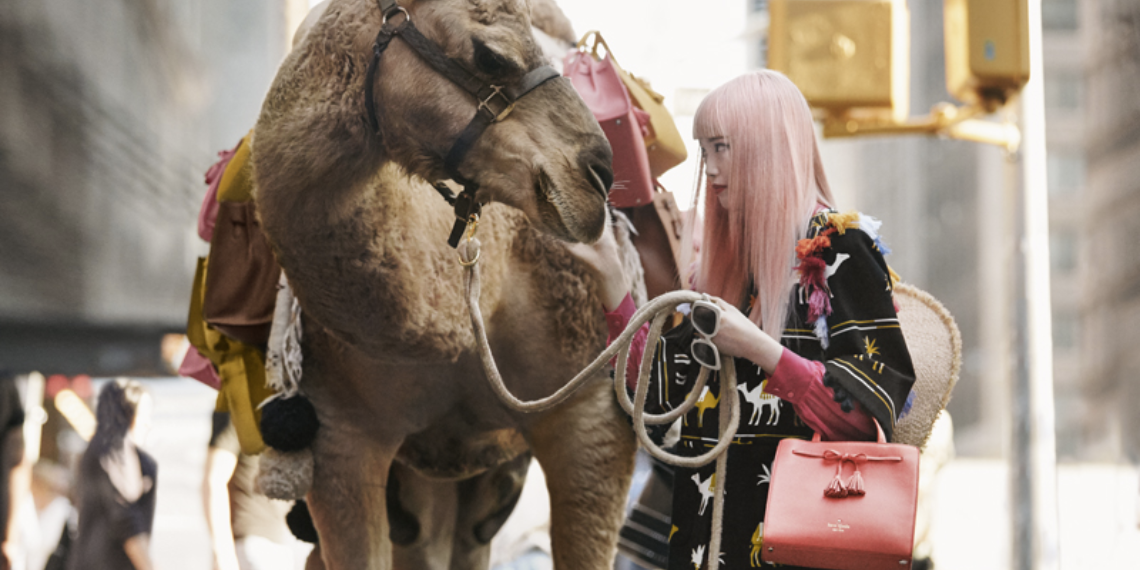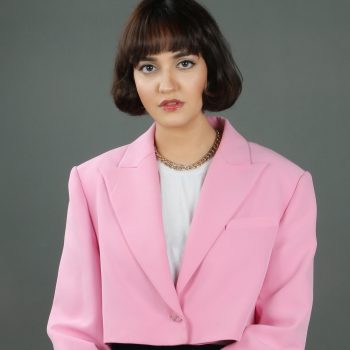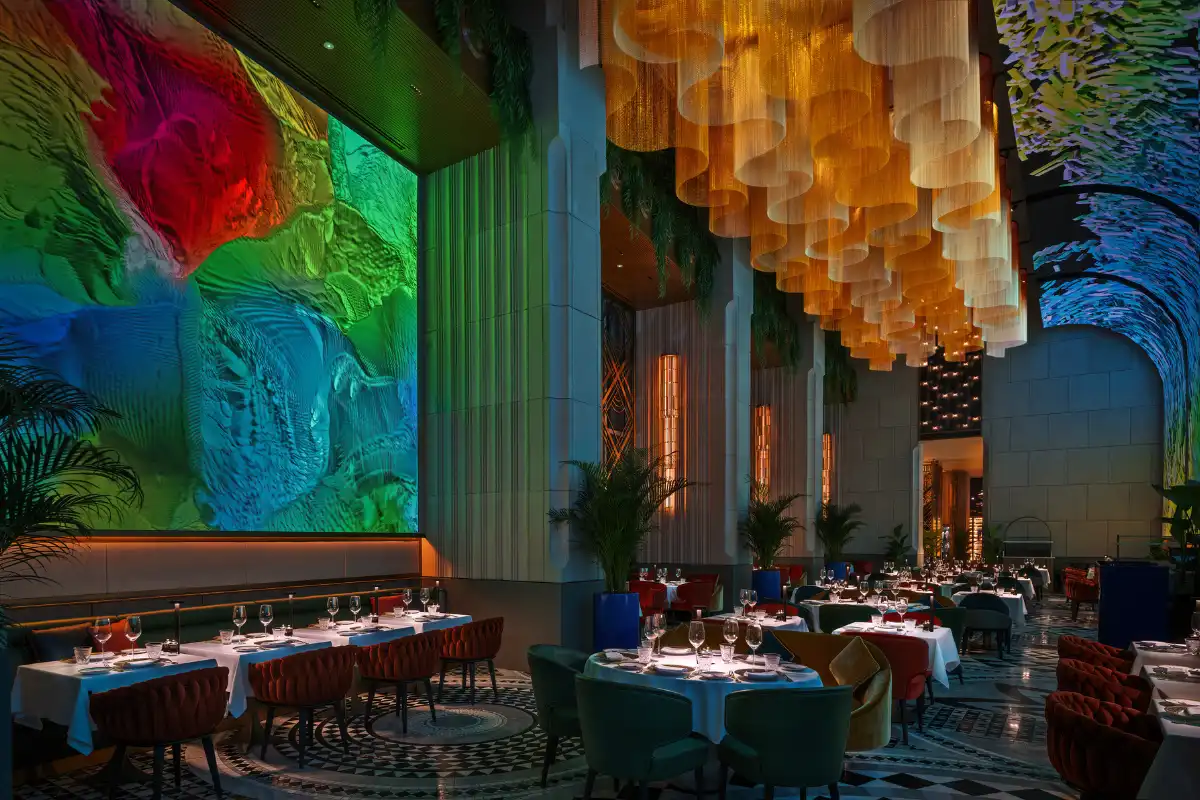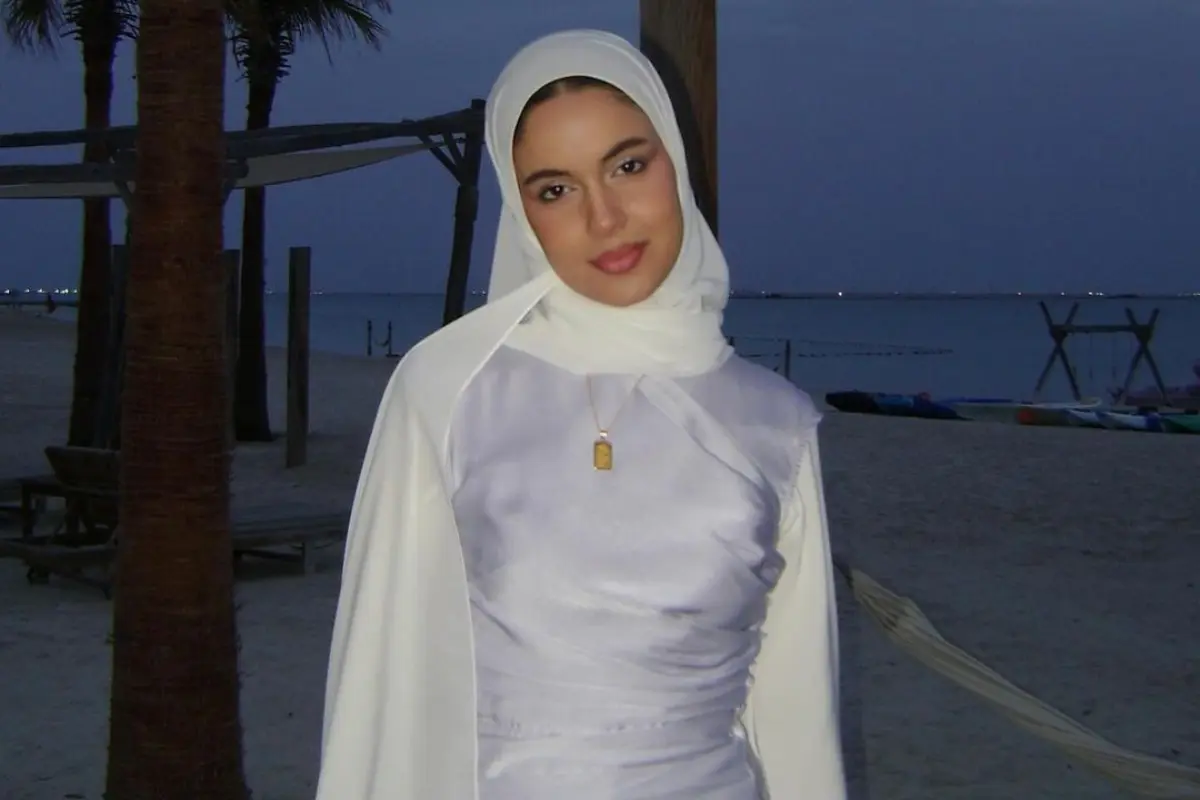Moroccan architecture, with its richness of colours, intricate patterns, and blend of African, Persian, and Islamic influences, has long been a wellspring of inspiration for the world of fashion and art. This unique architectural style, characterised by its ornate tile work, vibrant textiles, and sculptural forms, offers a treasure trove of aesthetic elements that designers and artists globally draw upon to infuse their creations with a hint of Morocco.
There have been many instances of renowned designers drawing deep from the well of Morocco’s architectural marvels, translating the majesty of its palaces and the vibrancy of its souks into their collections. The complex zellige tile work and geometric patterns that adorn places like the Bahia Palace or the Saadian Tombs in Marrakech are skilfully reimagined into exquisite fabric designs, embroidery, and prints. Moreover, the rich greens and vivid blues characteristic of Morocco’s Majorelle Garden have brightened the wardrobes of many across the globe. These Moroccan-inspired elements lend garments remarkable depth and texture, promising to make a statement both on and off the runway.

Luxury giants like Gucci, Celine, and Dolce & Gabbana reinvented the traditional babouche slipper in 2016, each putting a contemporary spin on it and making it the it-shoe of the year. Gucci’s version, featured leather and fur for a modern touch while Céline‘s babouche slipper had a single buckled strap across the neck of the foot.

Fast forward to 2017, and Kate Spade New York’s spring collection burst onto the scene, drawing heavily on the vibrant hues and lively spirit of Marrakech. This collection brought together flowery designs, pom poms, and Berber-inspired accessories, capturing the essence of Moroccan souks and gardens. Zara, in its 2018 and 2019 spring-summer collections, also turned to Morocco for inspiration, showcasing caftan dresses, leather sandals, and accessories that echoed the bohemian spirit of the country, highlighted by a palette inspired by the Sahara Desert and Moroccan sunsets.
Take the legendary Yves Saint Laurent, as another example. Marrakech was a source of inspiration that taught him the power of colour. His work reflects a deep appreciation for Moroccan aesthetics.

Similarly, Sara Chraïbi, a Moroccan couturier, exemplifies this fusion by integrating architectural elements and traditional Moroccan craftsmanship into her haute couture collections, as showcased at both Paris Fashion Week and Dubai Fashion Week this year. Chraïbi, who trained as an architect before venturing into fashion, utilises her understanding of structure and space to create garments that are not only visually stunning but also deeply rooted in Moroccan heritage. Her collections, characterised by fluid dresses and intricate embroidery, showcase the seamless integration of Morocco’s artisanal skills with contemporary fashion sensibilities, making a significant mark on the international fashion stage.
Brands like Doum and Zyne also incorporated Moroccan craftsmanship into their products, transforming traditional Moroccan elements like babouche slippers and geometric patterns into modern fashion statements.
Speaking of Moroccan influences in high fashion, Balenciaga’s Mules stand out as another important recent example, bearing an unmistakable resemblance to the traditional Moroccan babouche. These mules blend the iconic pointed toe and slip-on style of the babouche with contemporary flair.
This mash-up of Moroccan heritage with contemporary fashion is a bold declaration that the spirit of Morocco is timeless, adaptable, and endlessly inspiring.




